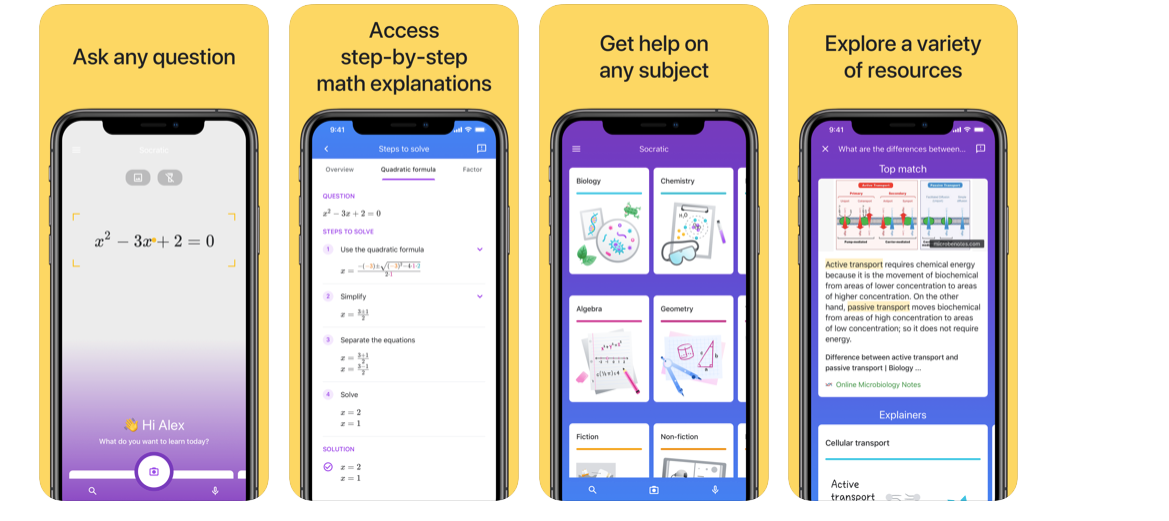Google to introduce new tools to help with virtual education amid COVID-19 pandemic.

Google has announced to introduce a number of new features to help make virtual education easier amid the ongoing COVID-19 pandemic.
The company will also update its Google Meet conferencing service and add a new homework helper tool that requires a photo from a phone.
The homework helper tool will let students get help with a homework problem just by taking a photo of it using Google Lens or Google-owned education app Socratic.
With Meet, Google said it will make a larger tiled view that can show up to 49 meeting participants. The tech giant first announced this in June but willl arrive coming this September.
Furthermore, Google will integrate its digital whiteboard product, Jamboard, into Meet in September and will introduce the ability to blur or replace your background in Meet in October.
G Suite Enterprise for Education customers can create breakout rooms in Meet starting in October, which allows virtual classes to break out into smaller group discussions.
Again in October, teachers will be able to track attendance in Meet meetings.
And to help Meet moderators and educators on the G Suite Enterprise for Education, the company is announcing when it will roll out new moderation controls.
Later this August, moderators will prevent people from joining meetings after they have been sacked from the room or denied from entering two times, which will help stop people from disrupting classes.
In September, Google will let moderators end a Meet class for everyone at the same time, bulk approve or reject requests to join a class, turn off in-meeting chat, restrict who can present in a class and turn on a setting that would not a start meeting until the teacher has joined.
Aside the new Meet updates, Google shared new tools to help students learn using their phones. For instance, students can now visualize about 100 concepts in biology, chemistry, and other STEM topics by searching for them on Google and then looking at a model of that concept in augmented reality on both Android and iOS devices.